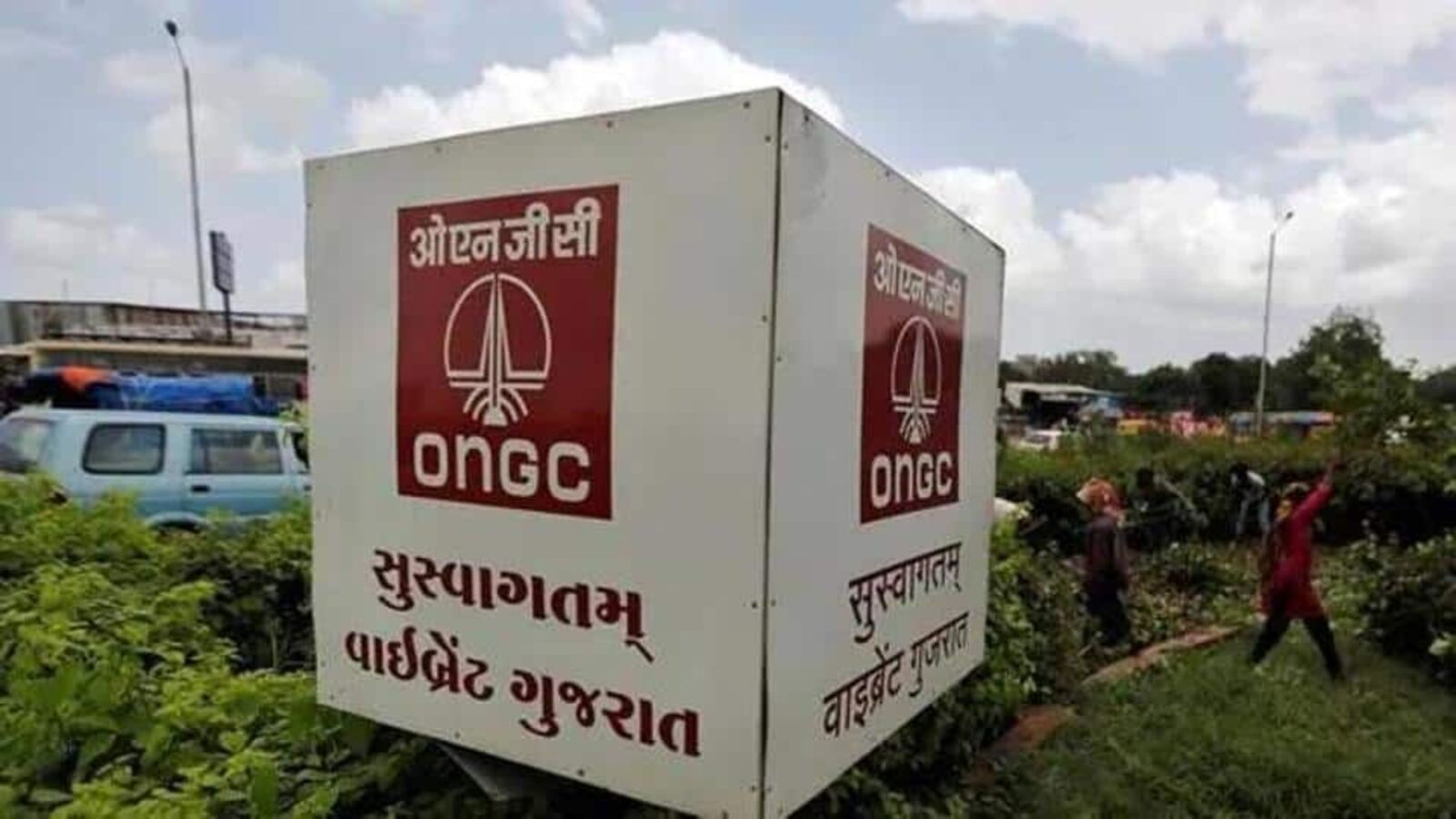The recent run up in the stock prices of many state-owned companies, including those in the energy sector, is impressive, and the rally could continue. Investment bank Jefferies writes that the PSU Index still trades at 40% discount to the Nifty, which means more upside is possible.
Given that the share of the state-owned companies, excluding banks, in the aggregate market cap of BSE is just short of 10%, investors would be right to want to see even better performance by these companies, especially the dominant energy firms.
Over the past month, shares of IOC have risen close to 30%, BPCL more than 38%, and Coal India 26% to hit all-time highs. These companies, which all have very low leverage ratios, often far less than one, are run by professionals and their balance sheets rarely have a blemish thanks to their corporate governance standards.
When reading the data from a longer-term perspective, though, the picture is less bright. Coal India, for instance, was close to ₹400 a share in 2013 but subsequently saw a decade of downward movement. The ₹487.6 price it touched on 14 February 2024 was its highest ever, but even now it is essentially making up lost ground. IOC touched a record high of ₹143 in 2017 and set a new all-time high of ₹196.8 this week, after languishing for seven years.
One issue with these companies is that their return on equity is far less than one would expect, with management highly circumspect in their investment plans.
Another problem is that the price of their output is most often set by the government, even though they had the freedom to do so in principle when the UPA government decontrolled pricing (this reform has been reversed in practice during the BJP government’s tenure).
The classic example is oil products, including petrol and diesel. Companies are supposedly free to set retail prices but no company has changed prices for over two-and-a-half years, as that could potentially anger voters in the run up to the Lok Sabha elections this year. Over this period global crude prices have moved up and down hugely. The same applies to domestic gas and coal, which Mint SnapView previously wrote about.
This covert control opens up great arbitrage opportunities for the investors, as many seem to have realised. When international prices are stiff, governments earn brownie points for shielding domestic consumers, as happened in 2022. When those prices soften, the companies are able to recoup their losses and earn some more since domestic prices are not allowed to fluctuate. So, instead of hurting the fortunes of these companies, rigid prices allow them to retain their valuations.
The same thing has happened in the coal sector, where CIL sells 85% of its production through long-term fuel supply agreements. Since it also sells coal through its e-auction window, the difference in price is visible to all as an opportunity wasted. This is why, with prices currently on the rise, firms that do not have control over their prices, or depend on investment, have not seen their stocks rally as much as others. Shares of ONGC have risen by less than 18% over the past month, while those of Gail are up just 11.5%.
Another effect of this is to drive away private-sector competitors that can’t compete on these terms, as Mint SnapView wrote in the piece linked above. Recall what happened to RIL and erstwhile Essar-run petrol pumps, which rapidly hated their expansion plans.
Controlled prices also cause investment opportunities to dry up, as the companies only benefit during periods when global commodity prices align with their operating margins. For oil marketing firms, the operating margin is about $70-75 a barrel. This makes their investment corpus quite limited.
ONGC, for instance, has been hovering at about ₹30,000-35,000 crore for the past five years and results have been anaemic. Controlled prices also make it impossible for downstream companies to pitch, say, CNG-powered cars, or promote city gas without the competition telling them where it will go.
The rally in the prices of these companies, therefore, could be far more long-lasting if the reforms in energy-product prices were made real. The benefits of a higher market cap are there for all to see – especially for skittish small investors.
#Reversal #pricing #reforms #oil #PSUs #capping #stocks #upside



